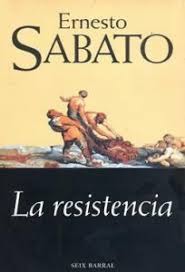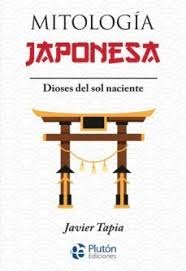
Original Language: Español
Year of publication: 2000
Valoración: Highly recommended
When Sabato published The resistance In 2000, eighty -nine, he already felt the aroma of death. It would take eleven years to culminate its existence, and a good part of that endurance can be explained following the content of this sort of trial/manifesto, which translates a solid optimism (that is, paradoxically, full of doubts) before life.
In this blog the three Sabato novels have been qualified as essential and by three different people, which testifies to their literary mastery and their intellectual and human depth, since it is one of the few writers with a worldview that can be considered very personal. He defined his narrative production, unfortunately scarce, as an opportunity where to show the joys and sorrows of his person, his character tests and his shadow valleys, which are reflected in the characters, consumption of the author.
But in the essays he sustained a coherent posture and without snacks, appealing to the order of reasoning. In The resistance He admits that years ago he would not have written this book, delivered to a crushing resignation (he had just lost his lifelong partner and one of his children), but in his final age he resurfaced a “demential” hope, a result of the conviction of fighting for the most sacred inside us.
It is so The resistance It is divided into five cards, and each of them deals with a particular issue (old values, community values, among others). The thesis that permeates the letters is that man, mechanized in an era of industrialization and scientific sacralization, must recover what makes it human, the need to take care of the planet and respect towards the life of one and others betting on the common good, which is not “the sum of individual selfish goods”, with their affections and rites that provide an order before the anxiety of the absolute and that no machine can replace time to provide response or comfort. He makes a ruthless criticism of almost all aspects of wild capitalism, not from an economic or supportive position, but focusing on the spiritual and human, on continuous, and perpetuate disagaging at this rhythm, which causes the current structure and vision of the world.
Sabato does not write mystically, enthroning only the things of the past and discarding the new. Weight the need for youth to return to spiritual roots in the face of a world that demands constant information and productivity. He admits faults in his reasoning, the result of his permanent doubts (and he was a man marked by them), but he develops his arguments and hopes with an overwhelming simplicity, which the wisdom of the years has given him, which is complicated not to get excited, not find a crack in us that makes us stop a moment to resize the maelstrom in which we are submerged. It is likely that when reading this book one already knows or has intuited everything that is expressed, but one thing is to know and another to put it into action in the best way that each can, one thing is to believe in it without anyone else to share it and another thing is to be backed by an author of the size of Sabato.
I have not put an essential because it is still a compendium of very well known reflections of previous essays (I recommend Heterodoxy, The writer and his ghostsin short, all their career) and because their novels have more emotional scope, they delve not only in the light of humanity, but also in the dark, but it is an unbeatable entry to one of the few writers who are also artists of their time, and where you can find, instead of the fashion of cheap stoicism and the manuals of self -help, true company. I close with an appointment by Emmanuel Lévinas, included in the book and that excellently summarizes the work of this monumental author:
The human of man is to be rid of the other man
Signed: Félix
Source: https://unlibroaldia.blogspot.com/2025/06/colaboracion-la-resistencia-de-ernesto.html


